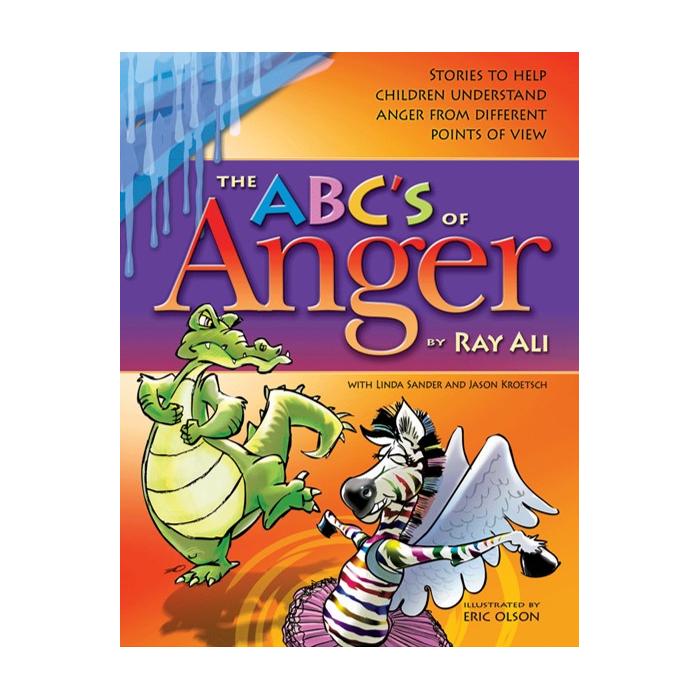Whole Person Associates
The ABC’s of Anger
$57.95 inc GST $52.68 ex GST
Stories and activities to help children understand anger
The ABC’s of Anger leads children to discovery! It contains easy-to-read stories involving some aspect of the theme “anger.” It provides children with an awareness of differing degrees of anger and helps them explore choices for responding when they are anger.
• Teaches constructive coping skills to handle destructive feelings.
• Teaches the difference between feelings of anger and how we act out those feelings.
• Helps unravel confusion when inundated with overwhelming feelings.
• Provides tools to cope with anger constructively rather than to strike out destructively.
• Arms the child with coping skills for unexpected feelings, allowing him/her to win the battle against anger.
• Appeals to the visual learner with delightful artwork, allowing the presenter to reach children who might otherwise be missed.
Product overview
Stories and activities to help children understand anger
The ABC’s of Anger leads children to discovery! It contains easy-to-read stories involving some aspect of the theme “anger.” It provides children with an awareness of differing degrees of anger and helps them explore choices for responding when they are anger.
• Teaches constructive coping skills to handle destructive feelings.
• Teaches the difference between feelings of anger and how we act out those feelings.
• Helps unravel confusion when inundated with overwhelming feelings.
• Provides tools to cope with anger constructively rather than to strike out destructively.
• Arms the child with coping skills for unexpected feelings, allowing him/her to win the battle against anger.
• Appeals to the visual learner with delightful artwork, allowing the presenter to reach children who might otherwise be missed.
Each story begins with a letter of the alphabet – the first letter of both an animal’s name and its behaviour. A picture and short story about the character follows as well as a definition of the characteristic being described. These pictures and stories may be photocopied and distributed for younger children to colour and for older students to add cartoon speech balloons. The lesson the facing page includes questions that the teacher may use to initiate discussion. It is hoped, however, that student responses and questions will lead to a more personalised dialogue with the teacher acting as a discussion facilitator. Follow-up activities conclude each lesson, and these, too may be adapted to suit the needs of the class. A resource chapter at the end of the book further explains the theme words and provides additional questions for classroom use.
The stories may be read separately or can be combined into themes, such as trigger words, anger intensity words, solution words, empowering words, and feeling words.
The characters in the stories are designed to help students make connections between their own actions and feelings as well as those that they may experience in other children and adults. Ray hopes that this book will challenge children’s thinking and provide a nonthreatening means for them to work through feelings, behaviours, and emotions in a beneficial and enjoyable way.










